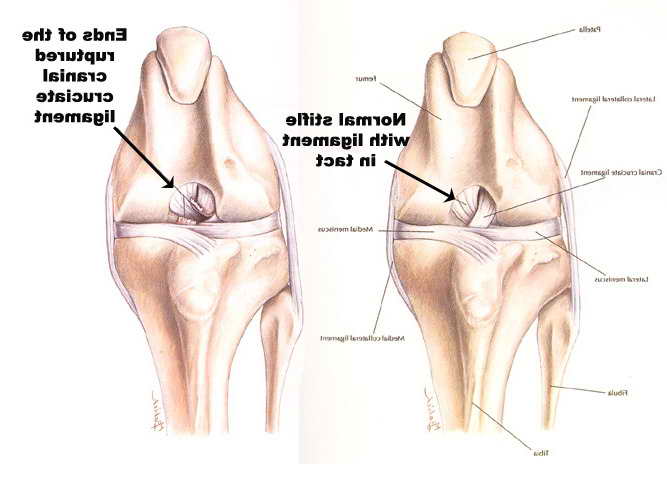
Labrador Torn Acl
In labradors, the CCL is likely to rupture sooner than in other breeds of dogs, but this is not the case in all cases. The condition can develop at any age, although Whitehair et al., 1993, reported that it usually occurred between seven and 10 years of age in Labradors. Labradors also tend to develop the disease in both hind legs and are two to five times more likely to develop the condition than the average dog.
The anterior cruciate ligament (ACL) is the same structure as in humans, although it is often referred to as the cranial cruciate ligament. Torn ACL can cause varying degrees of lameness and disability. Most affected breeds will suffer bilateral ACL injuries. Nearly 50% of Labrador Retrievers will develop a torn ACL in their opposite knee within a year of the original injury.
In humans, the ACL can be torn by a sudden or violent movement that weakens the ligament. Dogs can suffer this kind of injury when they engage in activities like running or jumping. This type of injury occurs when a dog is playing or exercising and the ligament gives way. A veterinarian will repair this tear to prevent further damage. A dog with a torn ACL will need to undergo surgery.
In dogs with suspected torn ACL, physical examinations will reveal a decreased range of motion in the knee and a significant amount of swelling.
Full flexion and extension of the knee may also trigger pain, which is a sign of an ACL tear. The diagnosis will be made based on a combination of these signs. The next step is to obtain x-rays. This will help determine the extent of the tear. A veterinarian may perform a drawer test to assess laxity in the knee joint. This test must be performed under sedation, as dogs may give false negative results.
If the ACL is torn in a labrador, the dog may require surgery for the condition. In some cases, a dog can live with a torn ACL without the need for surgery. The recovery time depends on the severity of the torn ACL and the amount of pain and swelling. If your pet has severe swelling or tenderness in the affected leg, consult a veterinarian immediately.
The surgery for torn ACL in dogs is called arthroscopy. It involves putting a camera into the knee to examine the condition. When the dog has a full ACL tear, surgery is the only way to fix it. In a partial tear, the dog will recover from medical management with cold laser therapy and joint supplements. A partial ACL tear, on the other hand, can be treated with physical therapy.
Earlier diagnosis and treatment will improve the long-term prognosis.
In addition, early treatment will minimize the onset of Degenerative Joint Disease. Partial tears may go undetected for years, resulting in chronic instability of the joint and compensation that can lead to injuries in other legs. The injury can also affect other parts of the body. This can cause a dog to suffer further injury to other parts of the body.
The first step in treating a Labrador Torn ACL is to consult your veterinarian immediately. The doctor will likely recommend a course of physical therapy and joint supplements as the injury progresses. In some cases, a dog with an ACL tear may suffer another tear within a few years. If the second tear occurs due to overcompensation, the other knee will suffer as well. Consequently, it will take longer for your dog to recover and will require additional treatment.
The diagnosis of an ACL tear in a Labrador is usually confirmed by a cranial drawer test.
The test is done with the pet lying on its side. For best results, slight anesthesia may be needed. The veterinarian will confirm if the ACL tear is the source of the pain and whether it is a partial or a full tear. This information will help you determine what kind of surgery is best for your pet.
Surgery is recommended when the ACL tear is acute, but dogs with chronic ACL degeneration often have significant arthritis at the time of surgery. Research studies have failed to demonstrate a significant difference between the two procedures. Complication rates are about the same for both methods, although TPLO can cause more problems. However, the cost of the TPLO procedure is approximately double that of the Tightrope technique, even when you factor in referral costs.
Leave a Reply